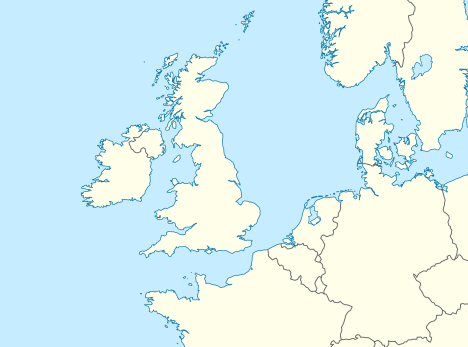New proposals are emerging to create new emission control areas for sulphur emissions, while the number of ports and local waters refusing to let vessels discharge scrubber wash water overboard seems to be increasing.
In recent days Norway has said it will ban all use of scrubbers in its heritage Fjords on the west of the country, while forcing vessels to use ultra low sulphur fuels with a sulphur content of less than 0.1%. Dublin has also been rumoured to be banning scrubber wash water discharges as are ports in Germany and Belgium.
Scrubbers, or exhaust gas cleaning systems remove the sulphur from a vessel’s exhaust, allowing the vessel’s engines to be run on cheaper residual heavy fuel oils instead of more expensive low sulphur distillates of blends.
Additionally, there are preliminary talks on whether the North European emission control area could be extended into the Atlantic covering all the waters of the UK, Ireland and France.
Under current regulations any vessel entering an emission control area must use a fuel that has a sulphur content of less than 0.1%. This is far lower than the rest of the world where the limit is 3.5% and set to drop to 0.5% on January 1 2020.
Talking at a Blue-C Immediasea press event in London last week the UK Chamber of Shipping’s Environment and Safety Policy Director Anna Ziou said that in the UK, DEFRA (the Department for Environment, Food and Rural Affairs) had approached another government ministry, the Department for Transport to look into liaising with Ireland and France to extend the range of the current ECA.
At the moment the North European ECAs consist of the Baltic Sea, and the North Sea up to 62 degrees North and as far west as 4 degrees West, which is in line with Scotland. The English Channel is also an ECA extending to 5 degrees West, which roughly in line with Falmouth. This means the West coast of the United Kingdom is currently outside the North European ECA regions.
The proposal to look at the possibilities of extending the ECA are likely to take some time, as most government bodies in the UK are focused on the challenges of Brexit. it is also unclear if the investigation into creating a new ECA will be for sulphur, or include NOx emissions too.
News of the possible extension of the North European ECA come at the same time as the IMO has instructed REMPEC to asses the viability and benefits of parts or all of the Mediterranean becoming an emission control area.
Other areas are also being muted as areas where vessels must use fuels with a 0.1% sulphur content. China has designated some areas near key ports, and in Australia there is a green push to have some waters near the great barrier reef that are visited by a large number of cruise ships designated as an ECA.
These changes all come as shipping faces the January 1 2020 challenge of finding and using fuel with a 0.5% sulphur content globally, unless they can continue to secure residual high sulphur fuels and have a scrubber installed.
Panelists at the ImmediaSea event discussed the potential bottleneck as reports have emerged that manufacturers if scrubber systems have a back log that now extends beyond the 2020 deadline.
Some drydocks are now also full as operators and owners have begin finding slots to get scrubber and ballast water treatment system installations prefabricated and installed in time to remain both compliant and operational.
END
































